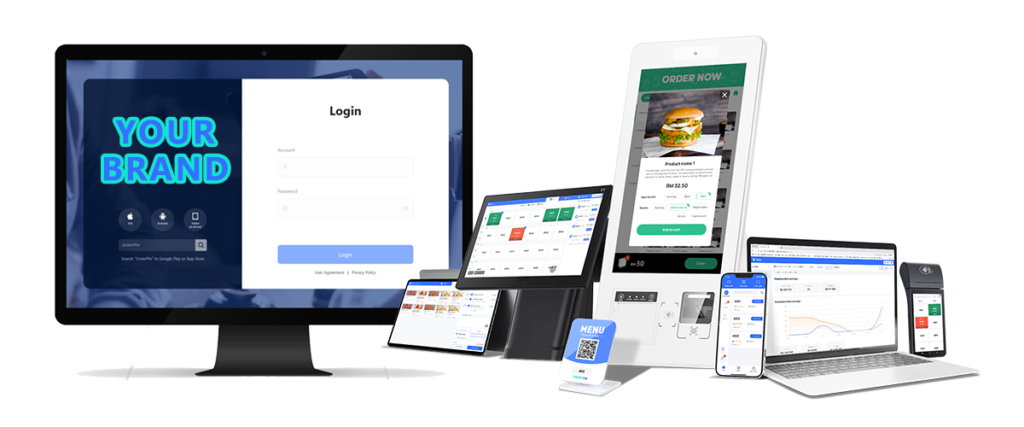In the world of point-of-sale (POS) technology, businesses face a crucial decision: should they invest in branded POS systems or opt for white-label alternatives? Each path has distinct cost implications and benefits. A closer look at the financial aspects reveals why many providers and merchant service companies are turning to white-label POS solutions.
Upfront Costs: Branded POS vs. White Label
Branded POS systems often come with high initial fees. These include licensing costs, proprietary hardware, and customization limitations. Companies using branded systems must pay premium rates for the technology they do not own or control.
In contrast, white-label POS systems provide a more flexible and cost-effective approach. With white-labeling, service providers acquire pre-developed POS software and hardware frameworks, which they can rebrand as their own. The upfront investment is significantly lower because the base technology is already built and ready for customization.
Key Financial Benefits of White-Label Systems:
Lower Development Costs:
Building a POS system from scratch requires extensive resources, skilled developers, and time. White-label solutions eliminate these expenses, offering a fully developed platform at a fraction of the cost.Brand Ownership without Heavy Investment:
Unlike branded solutions, white-label systems allow companies to present their own brand identity. This strengthens customer loyalty while avoiding fees tied to promoting another company’s name.

Operational Costs and Customization
Branded systems often lock businesses into recurring fees for software updates, maintenance, and additional features. Furthermore, customization can be limited or come at a high price.
White-label POS platforms give full control over customization without continuous licensing costs. Providers can tailor the system to meet specific client needs, adding unique features that enhance market differentiation.
Scalability and Profitability
White-label systems are ideal for scaling. Merchant service providers can expand their client base without significant incremental costs. Every new deployment generates revenue under their own brand, maximizing profitability.
Branded POS models often impose growth limitations, with higher fees for increased usage or expansion to new markets.
Revenue Sharing vs. Direct Earnings
Branded POS providers frequently require a revenue-sharing model. A portion of each transaction fee goes to the technology owner, reducing the service provider’s profit margins.
With white-label POS systems, all transaction revenue stays with the business. This structure leads to higher earnings and a quicker return on investment.
When comparing white-label POS systems to branded alternatives, the financial advantages are clear. Lower upfront costs, full control over customization, scalable growth, and higher profit margins make white-label solutions an attractive choice. Companies like OP offer powerful white-label POS platforms that empower businesses to create unique, branded experiences without the expense and constraints of proprietary systems.
As a professional restaurant POS provider
—— OrderPin has tailored white-label POS solutions for hundreds of ISV/MSP.

